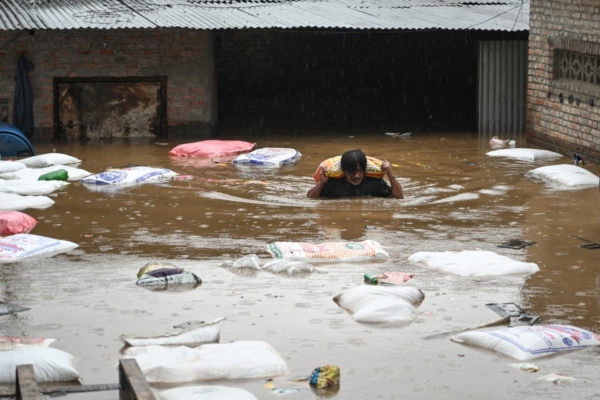Authorities in Nepal announced on Sunday (September 29) that two days of continuous heavy rain have triggered landslides and floods, resulting in 151 deaths and 56 people missing. They have decided to close schools for three days.
According to reports from Reuters, the floods have paralyzed traffic and normal activities in the Kathmandu valley. In this region alone, 37 people have lost their lives.
Authorities stated that the damaged school buildings need repairs, posing challenges for students to attend school. Lakshmi Bhattarai, a spokesperson for the Ministry of Education, told Reuters, “We have urged relevant authorities to close schools in the affected areas for three days.”
Experts mentioned that some areas of the capital received up to 322.2 millimeters (12.7 inches) of rainfall, raising the water level of the Bagmati River by 2.2 meters (7 feet), exceeding the danger line.
However, Govinda Jha, a meteorologist in the capital, noted that there were signs of easing on Sunday morning, with rainfall easing in many areas. He mentioned that there may be isolated showers, but heavy rain is less likely.
Television footage showed police rescue personnel wearing knee-high rubber boots clearing mud with tools on the main road to Kathmandu, where they found 16 bodies of passengers from two public buses washed away by landslides.
Meteorologists in the capital attributed the heavy rainfall to a low-pressure system in the Bay of Bengal, which extends into parts of neighboring India close to Nepal.
Climate scientists from the International Centre for Integrated Mountain Development (ICIMOD) stated that haphazard development has exacerbated climate change risks in Nepal.
“I have never seen such large-scale floods in Kathmandu before,” said Arun Bhakta Shrestha, an environmental risk officer at the center. Changing weather patterns and increasing frequency of extreme events have raised concerns about the impact of climate change in the region.

